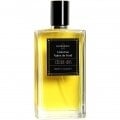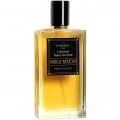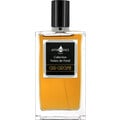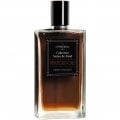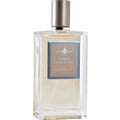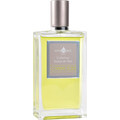Translated
Show original
Show translation
![Gold]()
Gold
Top Review
41
Tanti amati - profumi con basmati or much loved rice scents?
What could be better than coming home to the comforting, homey scent of basmati rice just down the hall?
For some, possibly the smell of sauerkraut.
Is after all - like everything - a matter of taste and a question of socialization.
Who has like me migration background (in my case 50% Persian), which will probably have the smell of rice and saffron already at conception inscribed in memory.
Therefore, it is certainly not surprising if I freely oute myself here as a former "sucker for rice fragrances".
(Better an old "sucker" than a f*cker - you know what I mean. Rice speaks of home and comfort.)
Now rice hardly gives off an odor when not cooked.
Only through a so-called. "Maillard reaction" come the characteristic scent impressions to the appearance. This means simplified that by the heat the amino acids and sugars in the rice are brought to enter other, new connections. But this rule only applies to cooking.
In perfume making, it is different.
"There is no natural rice absolute or oil, so we have to be inventive and try to mimic things," said on this subject, for example, Ralf Schwieger, who composed a very special rice fragrance for ELDO.
My research on the net revealed that perfumers mostly use the artificial molecules 2-acetyl-pyrazines in combination with coumarin or musk to achieve a rice-like effect.
In the past, there have been some creations that have had a rice note.
"Kenzo Amour" (2006) is probably the most famous in the vein, "Fils de Dieu du Riz et des Agrumes" by ELDO by Ralf Schwieger offers rice in a tropical setting, "Dojima" by Mona di Orio presents a milky variation, "Poudre de Riz" by Pierre Guillaume goes in the (as the name suggests) powdery direction. Demeter's "Rice Paddy" is inspired by the Far East and is a fine variant that is also not overly expensive.
But now to "Santal Basmati" itself.
"Santal Basmati" is by far the most expensive fragrance that boasts of containing a rice note - and unfortunately also the worst. (345 euros/100 ml).
What is here as a "basmati note" briefly and fleetingly in the air and on the skin, has for me nothing at all to do with the aroma, which should be familiar to all who have already prepared a high-quality basmati rice itself. The slightly sweet, pudding-like touch of the artificial accord in "Santal Basmati" is anyway plastered over by sandalwood after a few minutes. This may be because of me (as the company states) from Kerala in India, but "ma waas es net" - as the Hesse sacht...
...I do not know anyway, but I'm already a little suspicious when at the end of a very exhausting, 12-hour "wearing time" Cashmeran comes to light.
Conclusion: "Santal Basmati" has disappointed me as a rice lover all along the line.
But just as preparing rice the Indian or Persian way requires a particularly large amount of practice, so too does the composition of a basmati chord not seem to be given to everyone/everyone. Other than lush, super-potent sandalwood, I can barely detect anything in Alexandra Carlin's creation.
But basically, this is not a big deal.
Perfumes are perhaps always particularly good when they create new fragrance worlds and go down abstract paths. Similar to fragrances that merely recreate "lilac" or even "lemon cake", a basmati rice scent from the bottle ultimately does not seem desirable for me, as long as the little fire on our home stove is still burning and we can cook ourselves our beloved rice if necessary (who wants, I'll be happy to send recipes!).
The hunt for the perfect rice fragrance is over.
Call me an "ex-sucker."
(With loving thanks to Schalkerin for the testing opportunity).



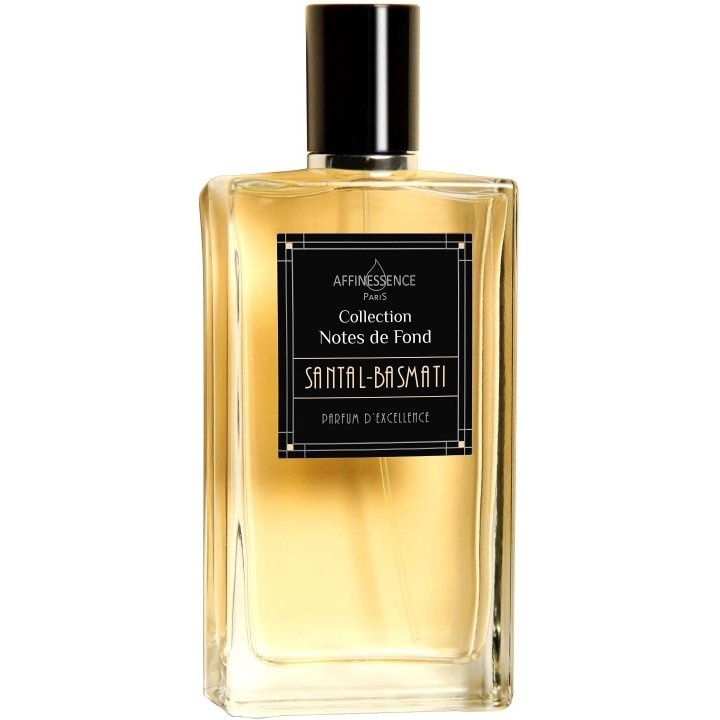














 BoBoChamp
BoBoChamp PBullFriend
PBullFriend Hajuvana
Hajuvana Omardo
Omardo Shallalai
Shallalai